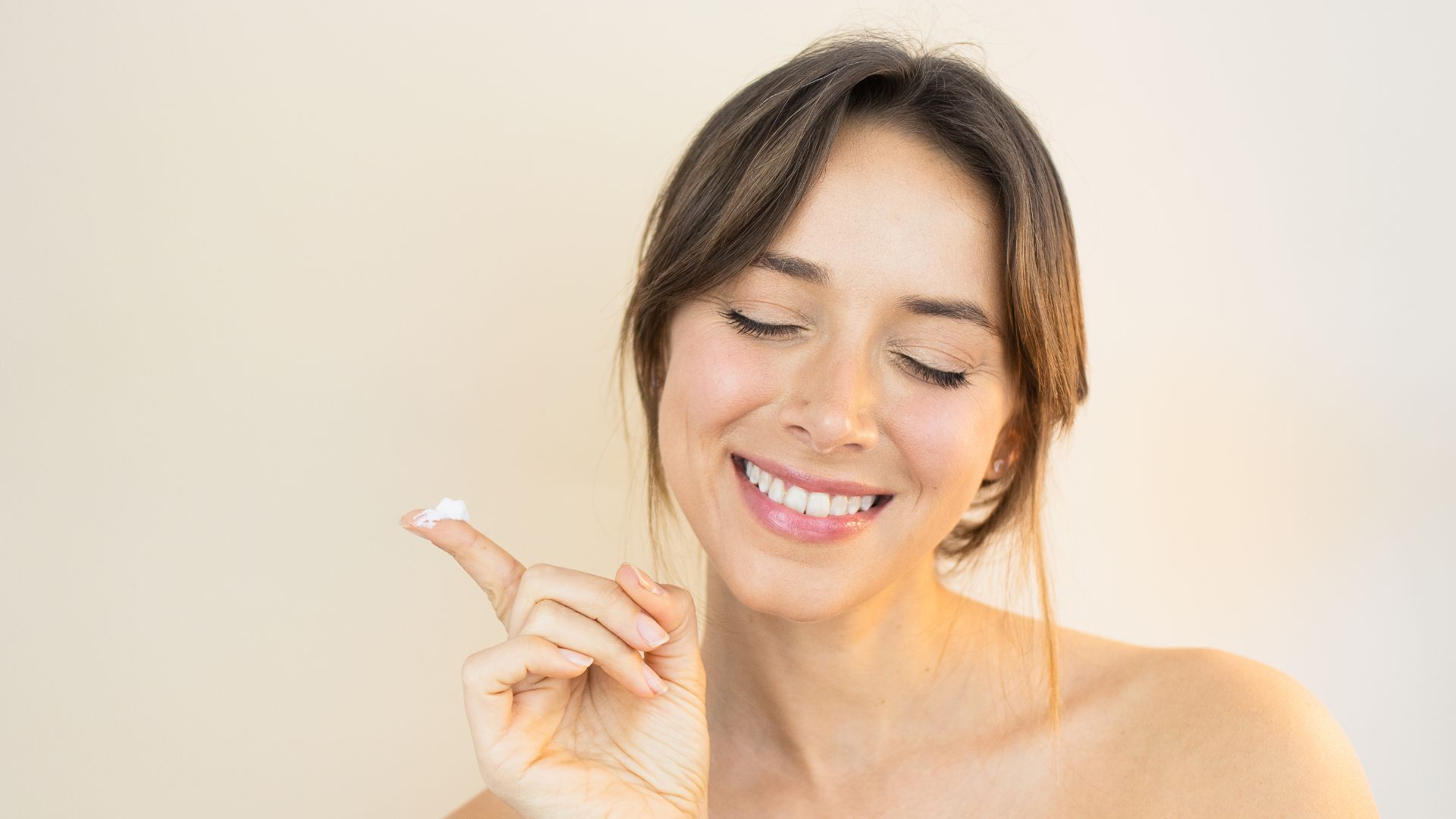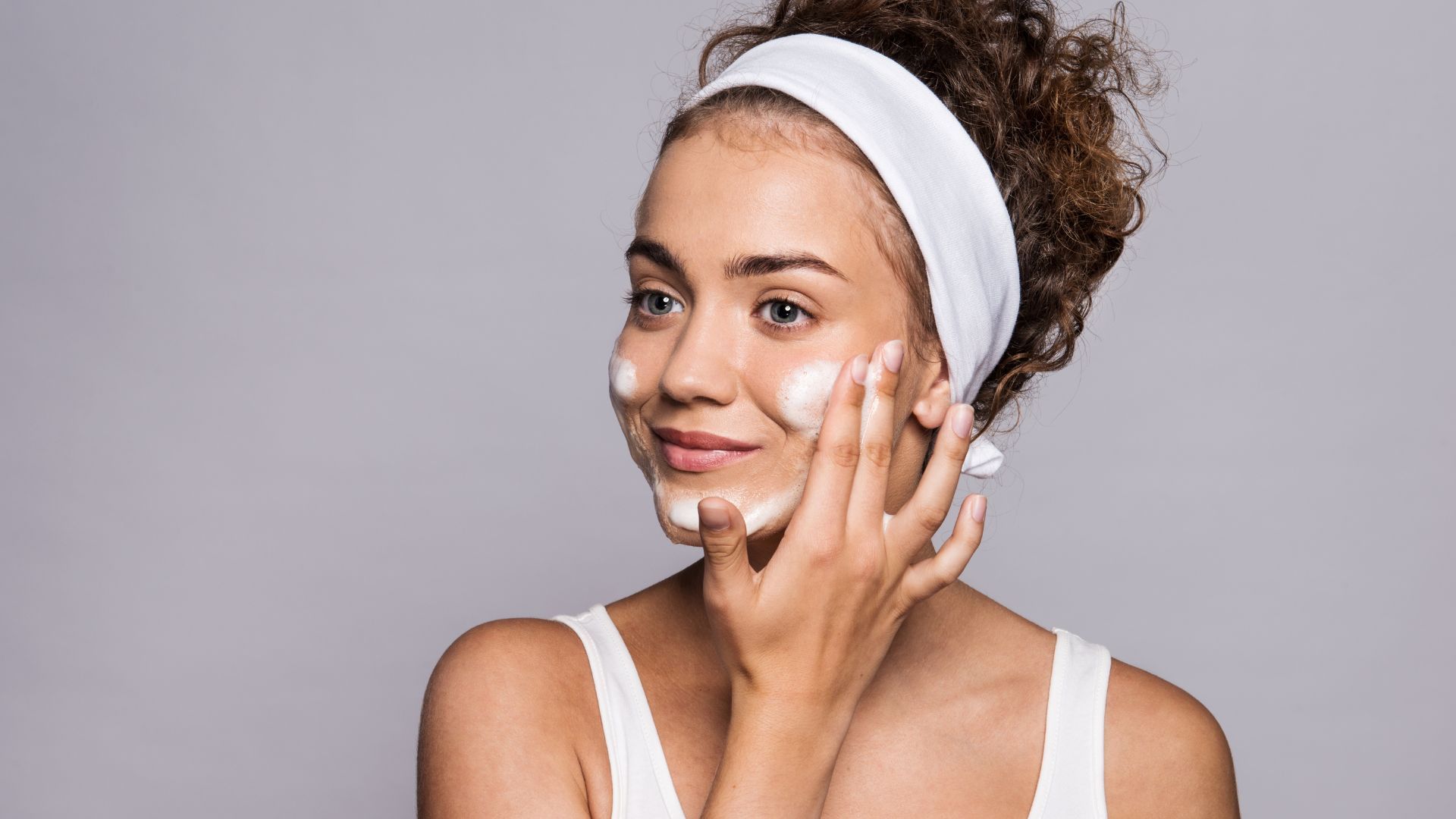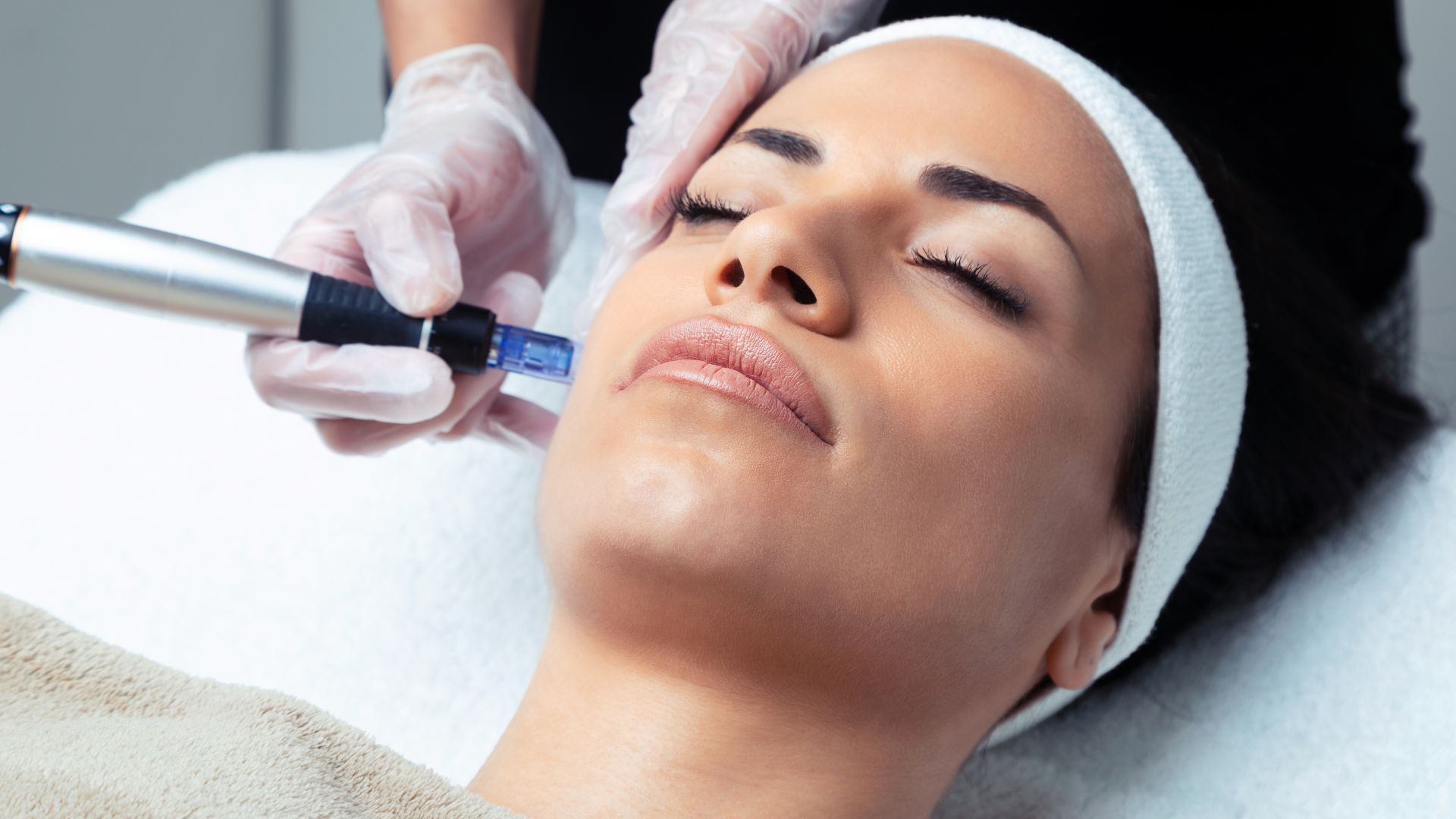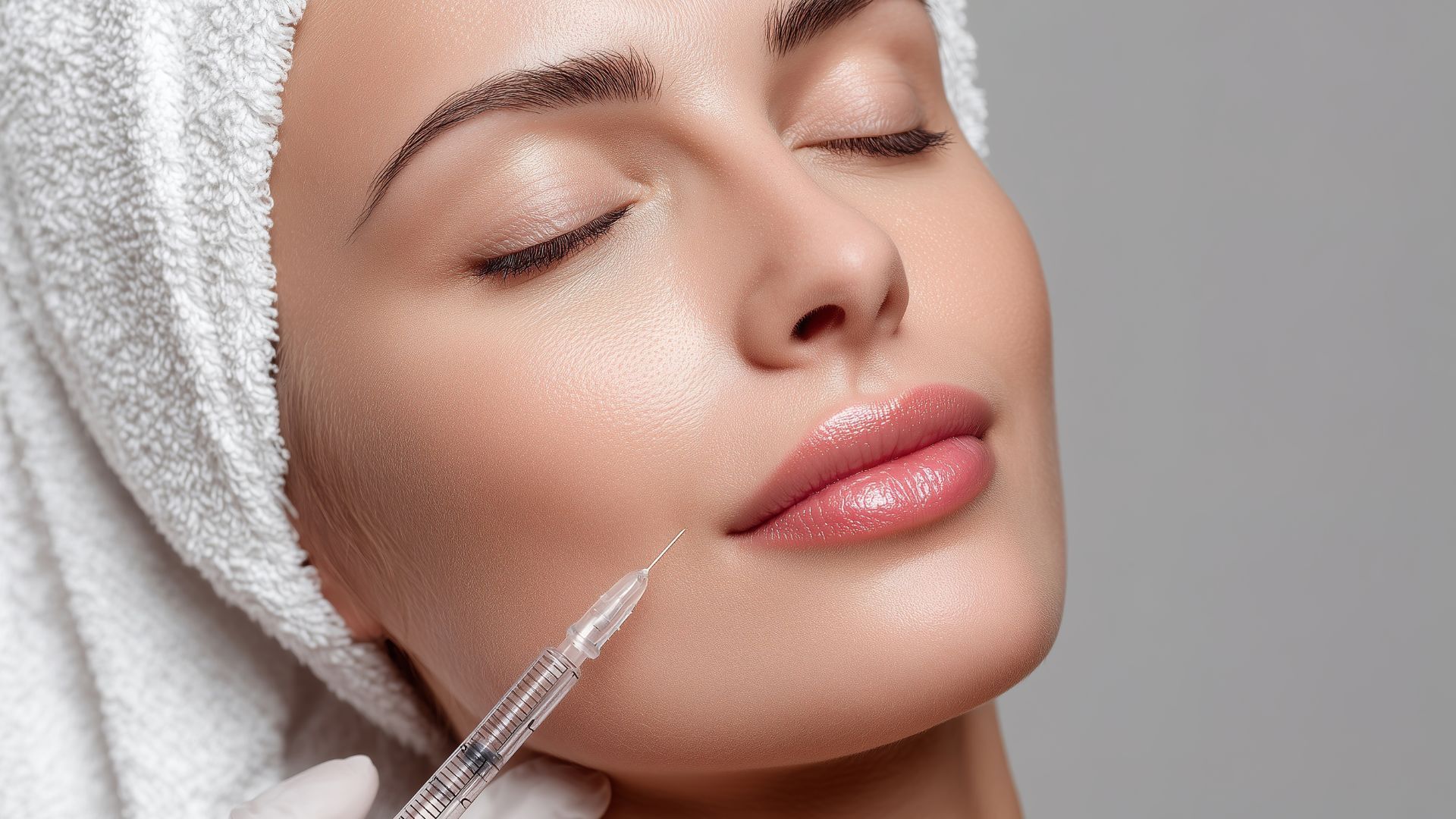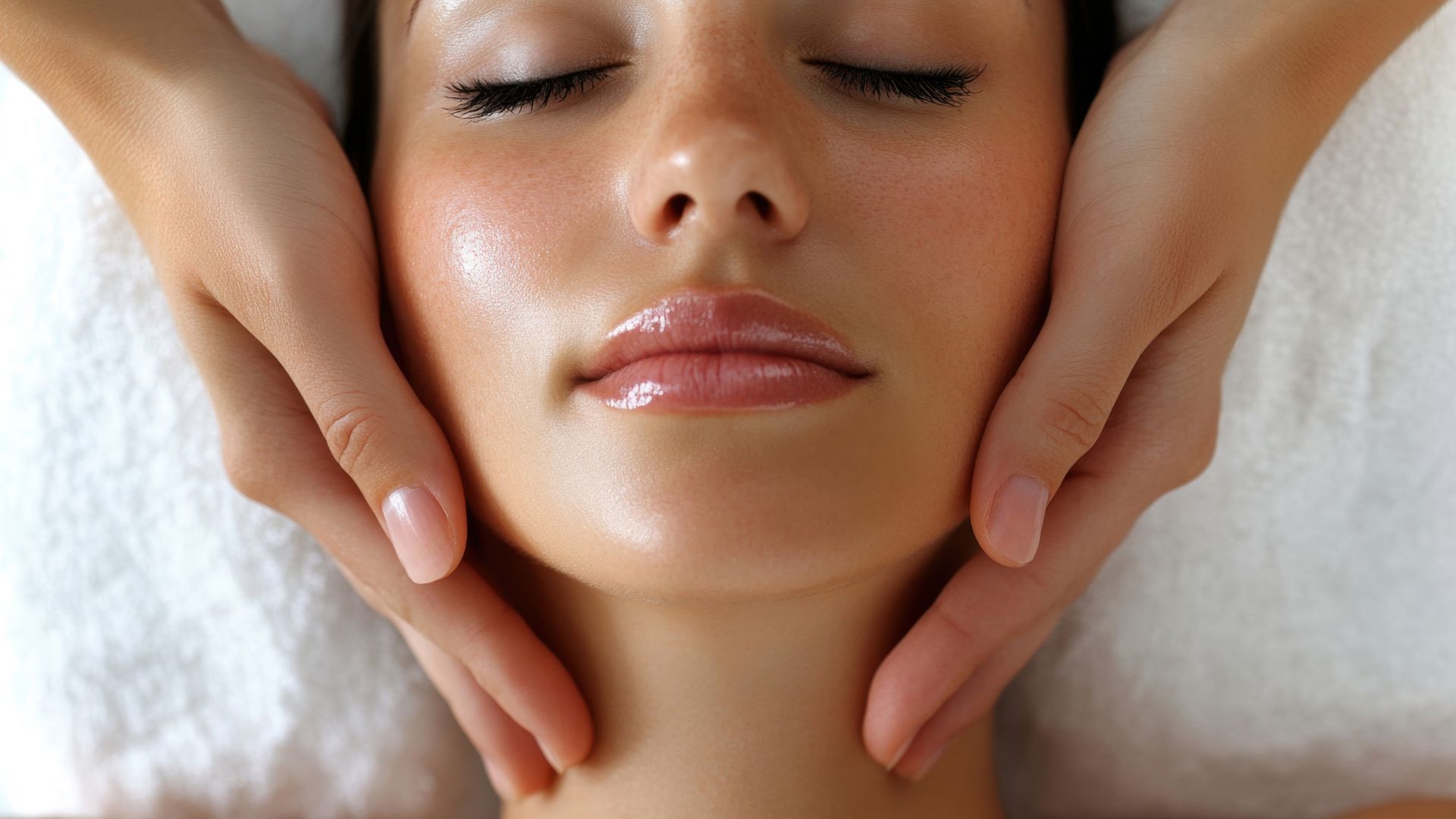Body Scientific Aesthetics
Discover the Surprising Benefits of Botox Treatments
Botox treatments deliver more than aesthetic improvement by relaxing targeted muscles to smooth lines and relieving a range of medical conditions for enhanced well-being. This article maps out the surprising benefits of Botox treatments, covering cosmetic advantages, therapeutic uses in migraines, hyperhidrosis, and TMJ, emerging applications in mood and pain management, administration protocols with safety considerations, and the critical role of FDA approval. Readers will gain actionable insights into how neuromodulation via botulinum toxin type A translates into visible skin rejuvenation, symptom relief, and long-term treatment confidence.
What Are the Cosmetic Benefits of Botox Treatments?
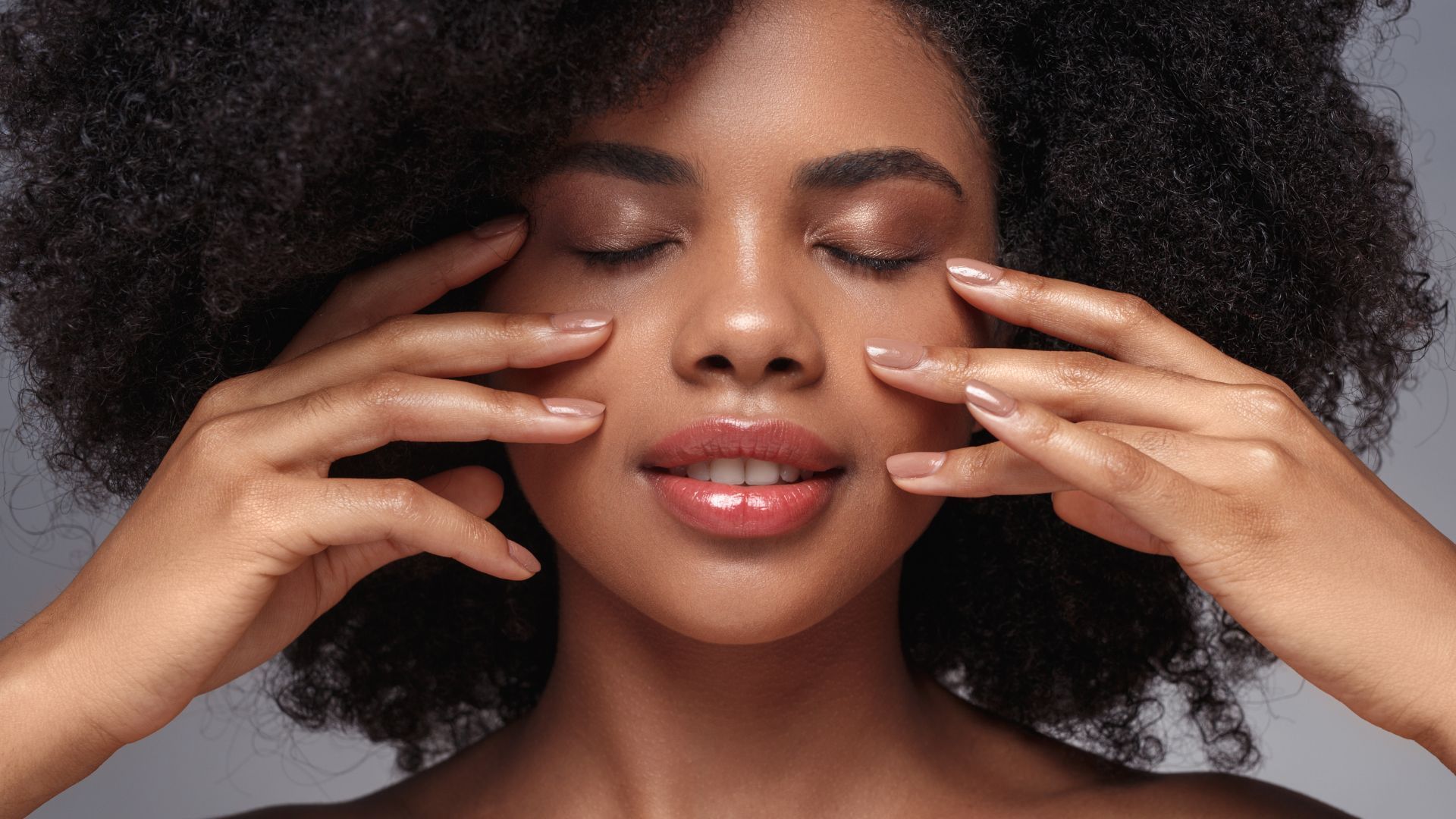
Botox delivers visible wrinkle reduction by blocking acetylcholine release at neuromuscular junctions, which relaxes facial expression muscles and prevents dynamic creases for smoother facial contours.
The primary cosmetic advantages of Botox include:
- Wrinkle smoothing in crow’s feet, glabellar lines, and forehead furrows for a youthful appearance.
- Preventive anti-aging by reducing repetitive muscle contractions that deepen lines over time.
- Non-invasive rejuvenation with minimal downtime compared to surgical lifts.
- Subtle texture improvement through decreased fine lines and softer skin surface.
These visible improvements illustrate how cosmetic applications of Botox set the stage for exploring medical uses.
Cosmetic Benefits of Botox
Botox injections are effective in reducing the appearance of facial wrinkles by relaxing the muscles that cause them. The effects typically last for three to four months, sometimes up to six months, depending on individual factors.
How Does Botox Reduce Facial Wrinkles and Fine Lines?
Botox reduces facial wrinkles by blocking acetylcholine release, which directly relaxes targeted muscles and halts the formation of dynamic lines during expressions. Injecting precise units into the glabellar complex and lateral orbital muscles prevents repeated creasing around the eyes and between the brows. This muscle-relaxing mechanism also underpins the range of wrinkles effectively addressed by Botox, which we will examine next.
What Types of Wrinkles Can Botox Effectively Treat?
Botox treats dynamic wrinkles—those formed by facial movement—by interrupting neuromuscular signals to relax specific muscles and diminish line depth.
Key targets include:
- Crow’s feet around the eyes are caused by orbicularis oculi activity.
- Glabellar lines (“frown lines”) from corrugator and procerus muscle contractions.
- Horizontal forehead lines are driven by frontalis muscle movement.
- Bunny lines on the nose from nasalis muscle engagement.
These categories of dynamic wrinkles represent the primary cosmetic targets for Botox, while patients may also consider dermal fillers for static lines.
How Does Botox Compare to Dermal Fillers for Facial Rejuvenation?
Botox is a neuromodulator that relaxes muscles, whereas dermal fillers restore volume by injecting hyaluronic acid or other biocompatible substances. These treatments complement each other but differ in mechanism and outcome:

Choosing between neuromodulation and volumization depends on wrinkle type and desired outcome, inviting exploration of Botox’s broad medical applications.
How Does Botox Help Treat Medical Conditions Beyond Cosmetics?

Botox treats medical conditions by blocking muscle overactivity or glandular secretion through targeted intramuscular or intradermal injections, leading to symptom relief and functional improvement.
Therapeutic applications include:
- Chronic migraines
- Hyperhidrosis (excessive sweating)
- Temporomandibular joint (TMJ) disorders
Understanding these therapeutic mechanisms leads to deeper insights, starting with migraine relief.
In What Ways Does Botox Relieve Chronic Migraines?
Botox relieves chronic migraines by injecting specific head and neck muscles to block pain-signaling pathways and reduce neurogenic inflammation around the trigeminal nerve. Clinical studies demonstrate about a 50% reduction in headache days per month when administered every 12 weeks. This analgesic effect parallels its action in other hyperactivity conditions such as excessive sweating.
Botox for Chronic Migraines
Botox injections have been shown to reduce the frequency of chronic migraine headaches. Studies indicate that Botox can significantly decrease the number of migraine attacks per month.
How Is Botox Used to Manage Excessive Sweating (Hyperhidrosis)?
Botox manages hyperhidrosis by inhibiting acetylcholine release at neuromuscular junctions of eccrine glands, which reduces sweat production in treated areas. Common injection sites include underarms and palms, where localized blockade can cut sweating volume by up to 82-87%. By interrupting glandular stimulation, Botox offers a targeted approach that can also ease muscular disorders like TMJ.
Botox for Hyperhidrosis
Botox is an effective treatment for hyperhidrosis, reducing sweat production in treated areas. Studies show that Botox can significantly reduce axillary sweat production and improve the quality of life for patients with hyperhidrosis.
Can Botox Improve Temporomandibular Joint (TMJ) Disorders?
Botox improves TMJ disorders by injecting the masseter and temporalis muscles to reduce excessive tension, alleviating jaw pain and improving mouth opening function. Relaxing hyperactive masticatory muscles decreases joint stress and can prevent bruxism-related damage. These medical uses illustrate Botox’s versatility beyond cosmetic smoothing, and emerging benefits extend even further.
What Emerging Therapeutic Benefits Does Botox Offer?
Beyond established applications, Botox shows promise in off-label and research settings for mood enhancement and broader pain relief by modulating neuropeptide release and muscle tone.
Emerging frontiers include:
- Depression symptom relief through facial feedback pathways
- Muscle relaxation and pain management in spasticity and chronic pain conditions
How Might Botox Help in Treating Depression Symptoms?
Botox injections in glabellar muscles may improve mood by disrupting negative facial feedback loops and altering central neurotransmitter balance, leading to measurable gains in depression scales. Small trials report significant score improvements four to six weeks after treatment. This neurochemical effect shares pathways with pain modulation, explored next.
What Is the Role of Botox in Muscle Relaxation and Pain Relief?
Botox promotes muscle relaxation and pain relief by blocking hyperactive neuromuscular transmission and reducing local release of pain mediators like substance P. Applications include cervical dystonia, lower back spasticity, and plantar fasciitis, where decreased muscle tone translates into functional gains and reduced discomfort. Understanding administration protocols and safety considerations is crucial before deciding on treatment plans.
How Is Botox Administered and What Should Patients Expect?
Botox is administered via multiple small intramuscular injections under aseptic technique, targeting specific muscles for precise neuromodulation that offers a rapid onset and minimal downtime.
Key steps include:
- Consultation to map muscle activity and discuss goals.
- Preparation with skin cleansing and topical anesthesia if needed.
- Injection of measured units into predetermined sites.
- Post-care instructions for limited massage and avoiding strenuous activity.
Administration technique influences safety and duration, leading us to consider typical side effects and the lifespan of results.
What Is the Injection Process for Botox Treatments?
The Botox injection process involves locating hyperactive muscles via patient expression, marking injection points, and delivering intramuscular doses with fine-gauge needles. This method ensures targeted neuromodulation with minimal discomfort and rapid recovery. While generally safe, patients should be aware of the potential side effects highlighted next.
What Are the Common Side Effects and Safety Considerations?
Common side effects of Botox include mild bruising, transient headache, and occasional eyelid drooping due to diffusion into adjacent muscles. Rare immune reactions can reduce efficacy over time. Educating patients on proper dosing and injector qualification minimizes risks and supports consistent outcomes.
How Long Do Botox Treatment Results Typically Last?
Botox results typically last 3 to 4 months as neuromuscular signaling gradually restores when the toxin effect wanes. Factors such as dosage, treated muscle strength, and individual metabolism influence longevity. Given this duration, understanding the FDA approval status helps gauge treatment reliability.
Why Is FDA Approval Important for Botox Treatments?
FDA approval confirms that Botox meets rigorous standards for safety, purity, and efficacy based on clinical trial evidence, providing patients and practitioners with treatment confidence.
FDA Approval for Botox
The FDA has approved Botox for various cosmetic and therapeutic uses, including the reduction of glabellar lines and the treatment of chronic migraines and hyperhidrosis. FDA approval ensures that Botox meets rigorous standards for safety and efficacy.
Which Botox Uses Are FDA-Approved?
FDA-approved indications for Botox include:
- Glabellar lines reduction
- Chronic migraine prophylaxis
- Severe primary axillary hyperhidrosis
- Blepharospasm and strabismus
- Cervical dystonia
These approved applications underscore the importance of oversight in guaranteeing treatment standards.
How Does FDA Approval Ensure Treatment Safety and Effectiveness?
FDA approval requires multi-phase clinical trials demonstrating statistically significant benefits and acceptable safety profiles, alongside Good Manufacturing Practice (GMP) audits for toxin purity and potency. This regulatory framework minimizes variability and supports reliable patient outcomes, ensuring that both aesthetic and medical treatments maintain high standards.
Botox treatments offer a unique blend of cosmetic rejuvenation and therapeutic relief by harnessing neuromodulation to smooth lines, alleviate migraine pain, control sweating, and relax overactive muscles. Patients can expect a minimally invasive procedure with predictable results lasting several months and validated by FDA clearance. As research continues to expand applications in mood disorders and pain management, consulting a qualified practitioner ensures personalized dosing and optimal outcomes. Explore how Botox’s diverse benefits may address both appearance and health priorities.
